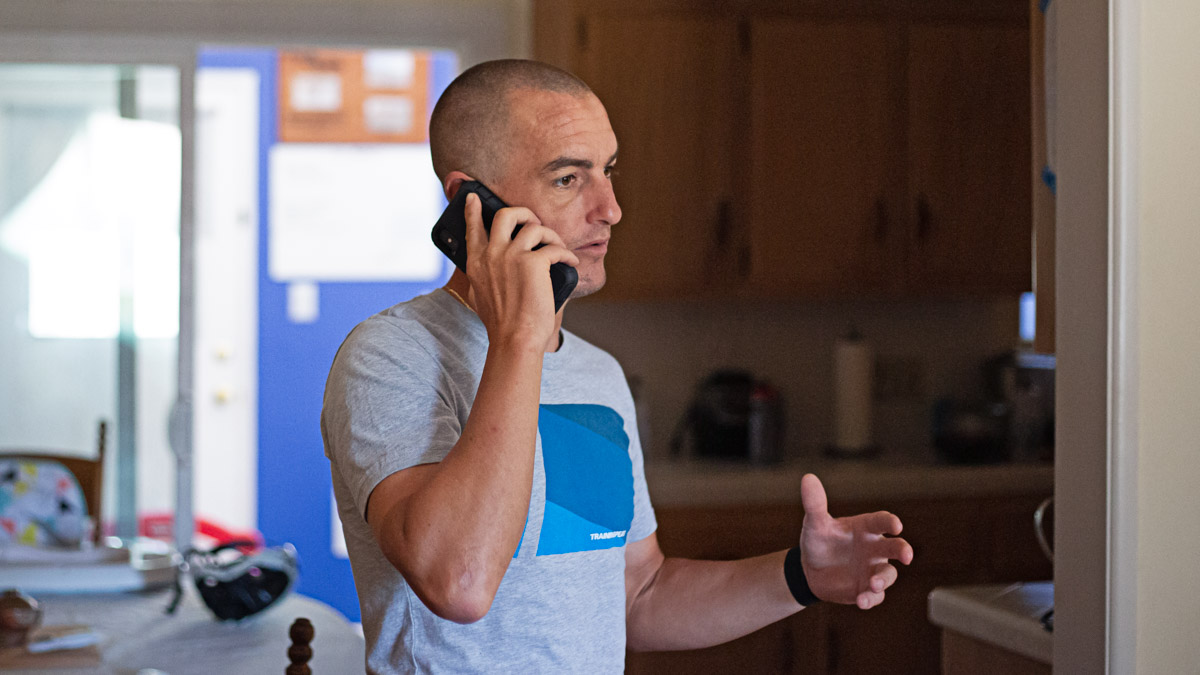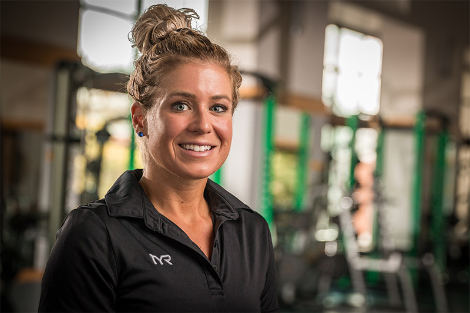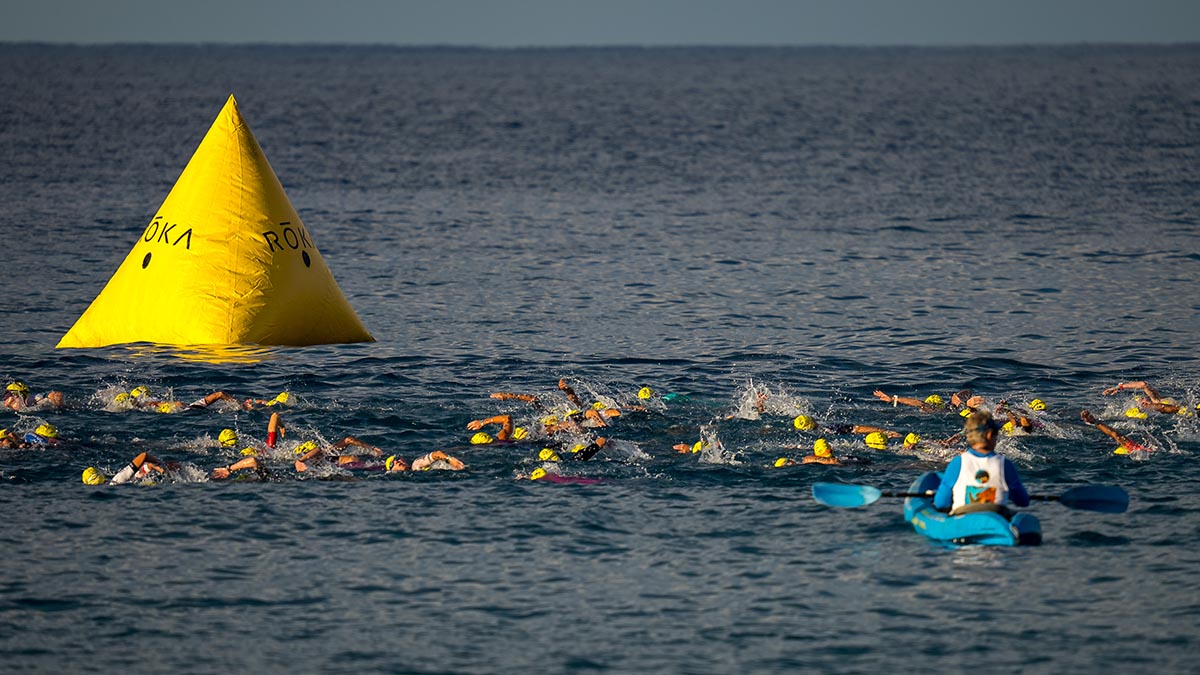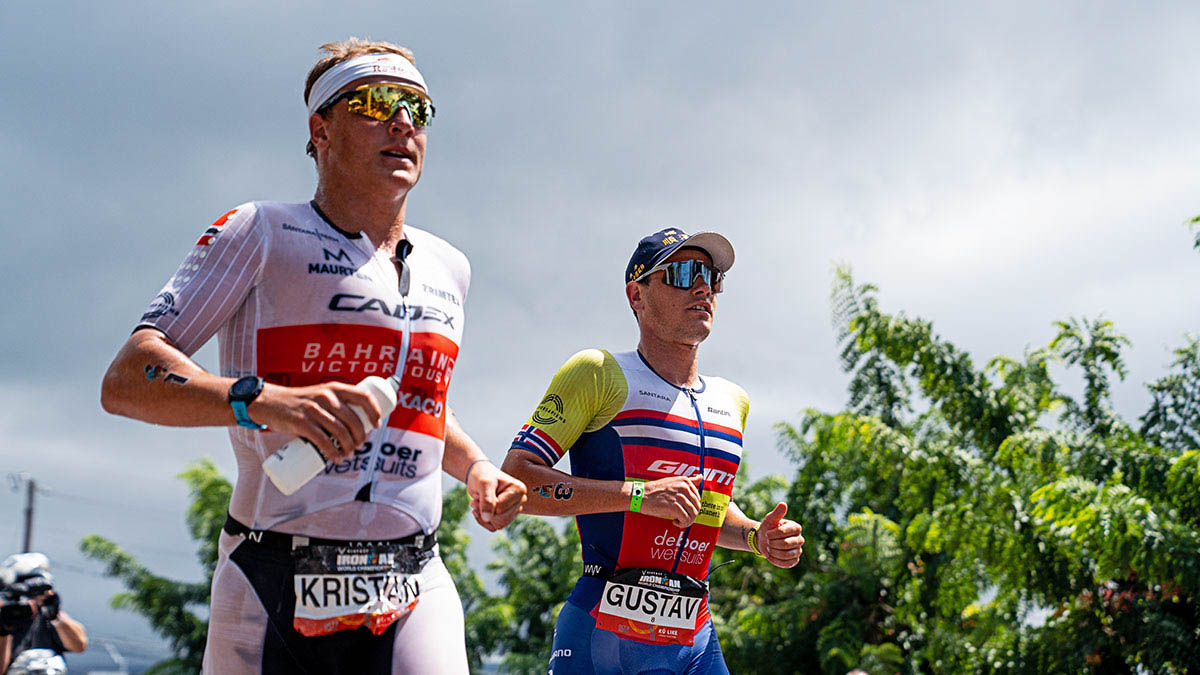As a coach, you will generally come across two different types of athletes: those that require a hands-on coaching style and those that are more hands-off. It’s true that many will land somewhere along the spectrum, but it’s pretty easy to get a sense of which tendency they lean towards. The hands-on athlete wants or needs more attention. This type of athlete highly values coach interactions such as one-on-one sessions, phone calls or your race presence. On the other end of the coaching spectrum, you’ll have athletes who value your services but want to complete their training independently, with you as a guiding resource. This type of athlete will reach out if they can’t figure out something on their own or when they need to bounce back an idea for verification.
Groundwork Motivational Factors
It’s important to note that even if an athlete expresses their desire for a hands-off (or hands-on) coaching style doesn’t necessarily mean this will make them the most successful. We can best understand where athletes fall on this spectrum based on their personality type.
One way to accomplish this is by giving your athlete an initial questionnaire. This should ask questions about their needs, goals and whether or not they’re internally or externally motivated (meaning they prefer group training or training independently). This can even include questions on which workouts they find the hardest to complete, what their past physical challenges and injuries are etc. The more you dive in, the clearer picture you can paint about the athlete. For example, one’s personal motivational level is an important indicator that can be gleaned from this survey, as self-motivated athletes need a more hands-off style of coaching, while externally motivated athletes require a more hands-on style of coaching. It’s a quick and easy way to tell what type of coaching style they need and what they are looking for from you as a coach.
Experience Level
An additional component to consider when deciding whether the athlete needs hands-on or hands-off coaching is their experience level. While not accurate all of the time, in most cases, a beginner needs more hands-on coaching than an experienced athlete. An experienced athlete has trained more, is more aware of the process of racing, and generally knows more about their sport than a beginner does. For beginners, starting a new sport can be intimidating, and training with a hands-on coach can be pivotal in their sport success and longevity.
This being said, we still need to consider one caveat. The experienced athlete may want to further develop their skills to reach a mastery level; therefore, they may desire additional help from a hands-on style of coaching. You can typically derive a beginner or experienced athlete’s expectations by asking these questions upfront.
Dedication and Involvement Level
Another factor in determining whether the hands-on vs. hands-off style best serves your athlete is their level of dedication to and involvement in their sport. For instance, a “weekend warrior” type athlete generally may not want as much hands-on interaction. Family, work and other commitments further limit an individual’s ability to receive and process hands-on interaction than someone who is fully committed to their sport.
If personal obligations and priorities aren’t a deal-breaker, then their dedication and the intensity of their goals can help you decide. Someone who is more serious about training, competing and racing will most likely need more hands-on coaching. Understanding your athletes’ goals and their drive to achieve them may ultimately dictate how much coaching involvement is necessary.
Changes in Coaching Style
It’s also important to understand that you can’t always peg an athlete to one style and expect them to never change. Your level of involvement may change throughout the year due to seasonality, work, family, other obligations or life changes, injuries and more. It is advantageous to offer an athlete different coaching level services throughout the year to adapt to these changes.
Regular Communication Check-Ins
Make sure to describe what types of communication and services you provide along with your training plan offerings. Listing these out makes it clear what you and your athlete can expect. This also creates a launchpad for discussion about what benefits will best fit their needs. Establishing this clarity up front helps avoid any future miscommunication and allows you to focus on what’s really important: maximizing your athlete’s performance.









